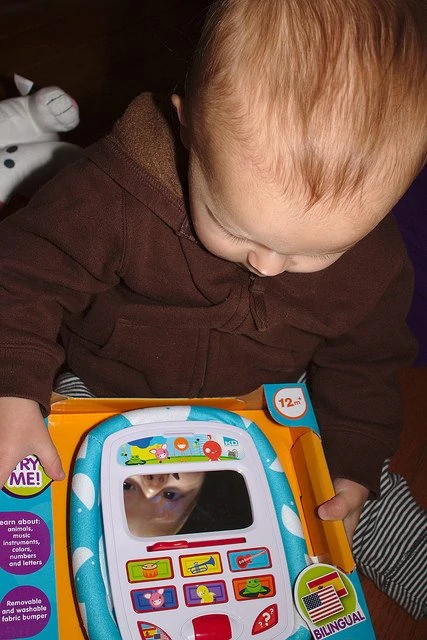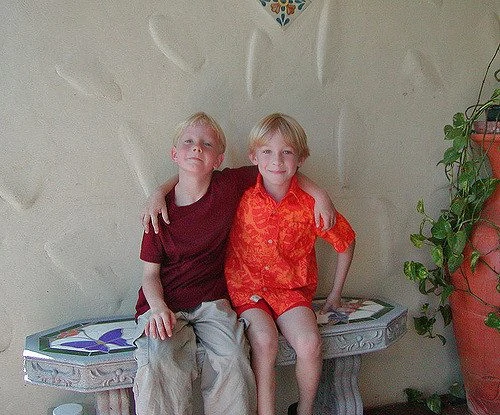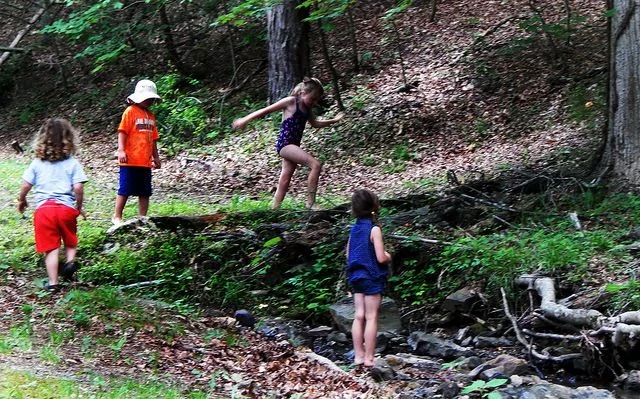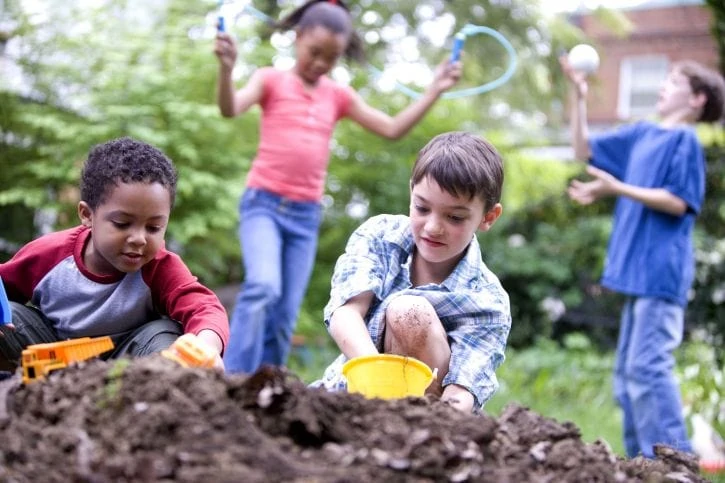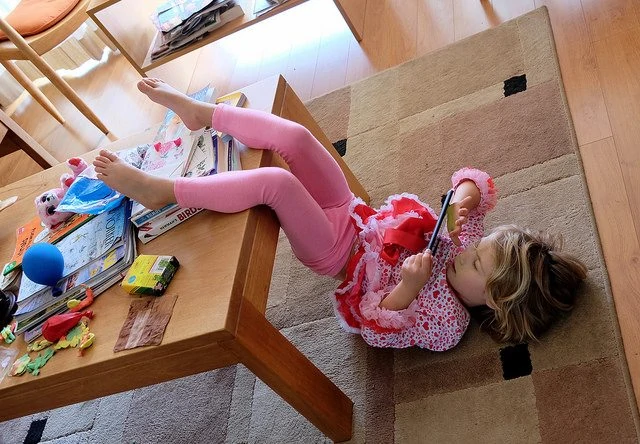For a lot of kids this past holiday season, at least one – and maybe many – of the gifts they opened were tech toys of one kind or another.
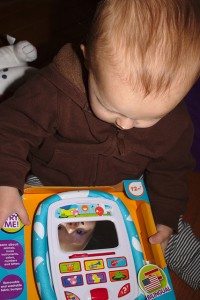
Add to this all the “educational” apps now available, and you might wind up thinking that these kids are bound to be the smartest, savviest generation yet, getting such a head start on learning.
Or maybe not – judging by the results of a study recently published in JAMA Pediatrics.
The research involved parents and their infant children (10 – 16 months old), who were to play twice a day with three sets of toys: one electronic, one traditional, and one an assortment of board books. Each 15 minute play time was recorded and analyzed by the researchers. What they found, reported the New York Times, was that
when babies and parents played with electronic toys that were specifically advertised as language-promoters, parents spoke less and responded less to baby babbling than when they played with traditional toys like blocks or read board books. Babies also vocalized less when playing with electronic toys.
“My hunch is that they were letting the baby interact with the toy and they were on the sidelines,” said Anna V. Sosa, an associate professor of communications science and disorders at Northern Arizona University in Flagstaff, who led the study.
More Than Just Talk Is Lost
There are a few troubling ramifications here. For one, verbal interaction with parents and other caregivers is one of the most important ways in which a child acquires language skills. There’s also some evidence that the more talk a child hears in their early years, the better they do in school later. Much better. And recent research shows that the educational benefits of parent-child reading in particular are long-term.
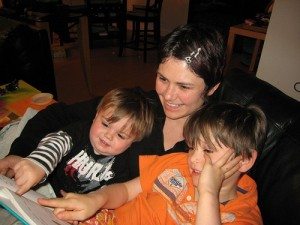
The sense of security and stability that this can reinforce is invaluable to a young child.
Books Carry More Than Mere Stories
Reading is especially important for kids’ healthy development – so much so that the American Academy of Pediatrics actually recommends early childhood literacy promotion as part of pediatric practice. According to the AAP,
Children who are read to during infancy and preschool years have better language skills when they start school and are more interested in reading, according to research highlighted in the statement. In addition, parents who spend time reading to their children create nurturing relationships, which is important for a child’s cognitive, language and social-emotional development.
Indeed, parent-child reading helps nurture an array of social and emotional skills that the child will need as he or she grows up – things like listening, communicating, developing imagination and empathy. Stories help expose children to how different people think and introduce them to situations they are likely to encounter themselves as they grow up, as well as different ways of being.
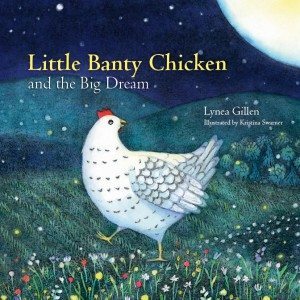
Both books also include activities for parents to do with their children afterwards to reinforce the stories’ positive models and bring their lessons into the child’s lived, everyday experience.
Yes, it can sometimes be a challenge to make time in our busy lives to devote reading or play time. It can be so much easier to just hand the child a tablet and tell them to play on their own.
Easier for us, perhaps. Not for the child. And not in the long run.
Images by Neeta Lind
& Scott Sherrill-Mix, via Flickr

